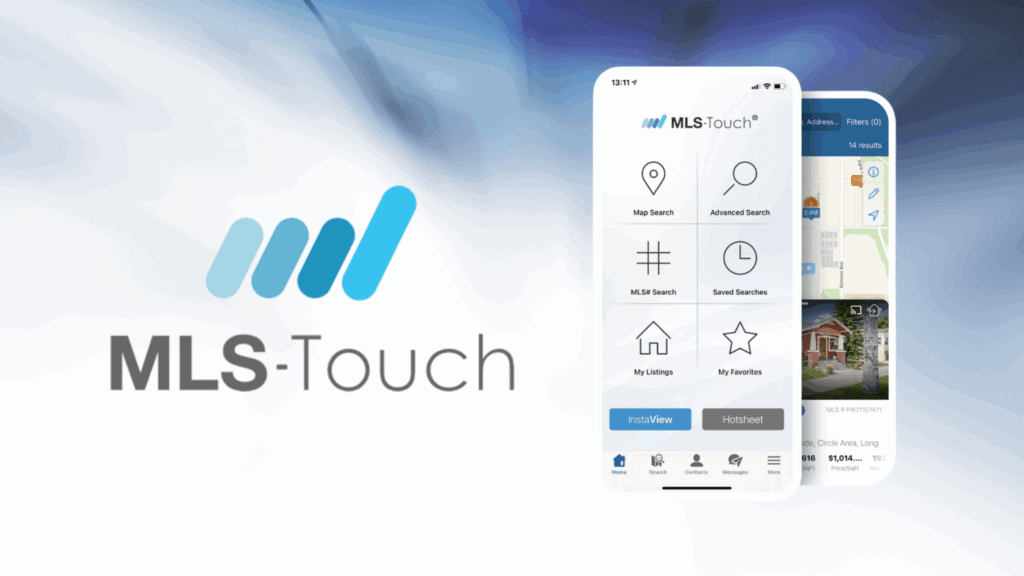In the competitive landscape of real estate in Arab countries—from bustling metropolises like Dubai, Riyadh, and Cairo to emerging markets across the region—first impressions matter more than ever. When potential buyers or renters browse Multiple Listing Service (MLS) platforms, the images of a property are often the first and most compelling factor that influences their interest.
However, beautiful images alone are not enough. If these images take too long to load or are not properly optimized for the MLS platform, potential clients may lose patience and move on to competing listings. Moreover, search engines and MLS algorithms prioritize listings that offer a better user experience, including faster loading times, which can improve your property’s ranking.
This comprehensive guide will explore how to optimize MLS images to enhance listing performance, speed up loading times, and boost your visibility in search results, with practical advice tailored for the real estate market in the Arab region.
The Importance of Optimizing MLS Images

User Experience and Engagement
Studies show that users form opinions about websites in a matter of seconds, and slow-loading pages lead to higher bounce rates. In real estate, where buyers and renters often browse hundreds of listings, a slow-loading image gallery can be a critical deterrent.
Fast-loading, high-quality images encourage users to stay longer, explore more listings, and ultimately contact the agent or broker. This can significantly increase inquiries and conversions.
SEO and MLS Ranking Factors
Search engines like Google and internal MLS search algorithms consider page load speed as a ranking factor. Listings that load quickly provide a better user experience and are therefore ranked higher.
Many MLS platforms have started integrating features to prioritize listings with better performance, which includes optimized images.
Mobile Device Considerations
In the Arab region, a large proportion of real estate searches happen on mobile devices. Mobile networks, especially outside major cities, may have slower connections. Optimized images ensure that listings load efficiently on smartphones and tablets, expanding your reach.
Understanding Image Optimization Basics
Resolution vs. File Size
High-resolution images display finer details but usually come with larger file sizes, which can slow loading speeds. The challenge is balancing resolution with file size to ensure clear images that load quickly.
For MLS listings, the optimal resolution depends on the platform’s requirements but generally falls between 1200 to 1920 pixels in width. This resolution is large enough to display details on most screens without unnecessary bloat.
Image Format Choices
Choosing the right image format affects quality and loading speed. The common formats include:
- JPEG/JPG: Best for photographs with many colors and gradients. It offers good compression with manageable file sizes.
- PNG: Best for images with transparency or simple graphics but often larger in file size.
- WebP: A newer format supported by many browsers, offering superior compression and quality balance, but MLS platform compatibility must be confirmed.
- HEIC/HEIF: High efficiency but currently less supported on many web platforms.
JPEG is typically the safest and most widely accepted format for MLS images in the Arab region, but always check your MLS platform’s specific guidelines.
Practical Steps to Optimize MLS Images
1. Use Proper Image Dimensions
Resize images to the exact dimensions recommended by the MLS platform. Avoid uploading raw images directly from professional cameras, which can be 3000+ pixels wide and tens of megabytes in size.
For example, if the MLS platform recommends a maximum width of 1600 pixels, resize images to that width before uploading.
2. Compress Images Without Losing Quality
Image compression reduces file size while preserving visual quality. Tools like Adobe Photoshop, TinyPNG, or online compressors can achieve significant size reduction without noticeable loss.
Aim for images under 500 KB where possible; many MLS platforms have upload limits around 1-2 MB per image.
3. Use Descriptive File Names
Rename your image files with descriptive, keyword-rich names before uploading. Instead of “IMG_1234.jpg,” use “modern-villa-jeddah-pool.jpg.” This helps with SEO and makes your images easier to organize.
4. Leverage Image Metadata
Embed metadata like alt text and captions with keywords relevant to your property and location. Alt text is crucial for SEO and accessibility, helping search engines understand your images.
Example alt text: “Spacious 3-bedroom apartment with sea view in Dubai Marina.”
5. Optimize for Mobile
Ensure images look good on smaller screens and load quickly on mobile networks by testing your listings on various devices and connection speeds.
Special Considerations for the Arab Real Estate Market
Highlighting Cultural and Regional Features
In the Arab region, certain architectural or cultural elements (such as Mashrabiya, Majlis, or Arabic calligraphy) add unique value. Ensure images capture these details clearly, but still maintain optimized size and quality.
Respecting Privacy and Local Norms
Privacy is paramount. Avoid images showing neighbors’ properties, people without consent, or sensitive areas. Optimized images should also respect these norms while remaining attractive.
Multilingual Support
Many listings in Arab countries are bilingual or even trilingual (Arabic, English, French). When uploading images, consider adding alt text and captions in both Arabic and English to widen reach and SEO potential.
Tools and Software to Help Optimize MLS Images
- Adobe Photoshop / Lightroom: Industry-standard tools for resizing and compressing images professionally.
- TinyPNG / TinyJPG: Online tools that compress images with minimal quality loss.
- ImageOptim (Mac): A free app for lossless image compression.
- Canva: Easy to use for quick resizing and simple editing.
- Google PageSpeed Insights: Tests your page loading speed and gives feedback on image optimization.
Common Mistakes to Avoid
Uploading uncompressed, large images can cripple your listing’s performance. Similarly, overly compressed images that appear pixelated or blurry can deter buyers. Ignoring mobile optimization or failing to include descriptive metadata can limit your listing’s reach.
Another mistake is neglecting to update images regularly. Real estate is fast-moving; new images reflecting recent renovations or staging can revitalize listings.
The Future of MLS Image Optimization in the Arab Region
As internet infrastructure improves across Arab countries, MLS platforms and search engines will increasingly prioritize user experience and image quality. Adoption of newer formats like WebP and advanced AI-driven image enhancement tools will likely grow.
Real estate professionals who stay ahead by consistently optimizing images, adapting to platform changes, and embracing emerging technologies will gain a competitive edge.
Conclusion
Optimizing MLS images is no longer optional but a necessity for real estate success in the Arab region. By balancing image quality with file size, adhering to platform requirements, incorporating cultural considerations, and focusing on mobile performance, agents and brokers can significantly enhance listing visibility and appeal.
The result? Faster-loading listings, higher rankings on MLS platforms and search engines, increased user engagement, and ultimately, more closed deals.













